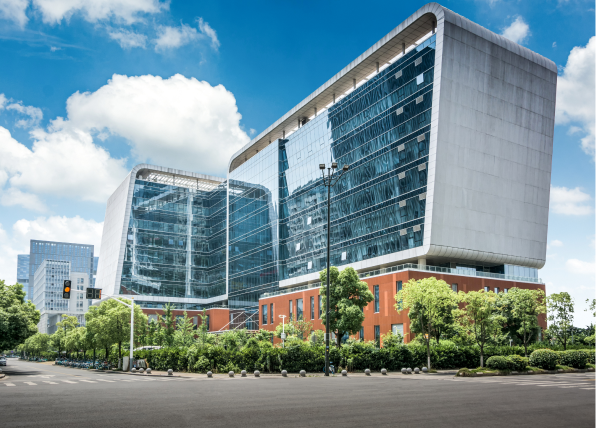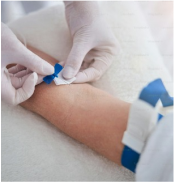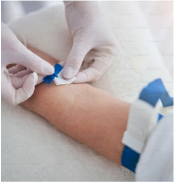Minimally Invasive Thoracic Surgery
- Home
- /
- Minimally Invasive Thoracic Surgery




Our Department Specializes in providing Advanced Surgical Solutions for Thoracic conditions using Minimally Invasive Techniques. We are dedicated to Delivering High-Quality Care, Reducing Patient Discomfort, Minimizing Scarring, and Promoting Faster Recovery Times. Our Team of Experienced Thoracic Surgeons Utilizes State-of-the-Art Technology and Innovative Approaches to provide optimal outcomes for our patients.
Reduced Trauma and Faster Recovery
Improved Surgical Precision and Visualization
Lower Risk of Complications



Our Department Specializes in Video-Assisted Thoracoscopic Surgery (VATS), useful in the Treatment of a Wide variety of disease conditions including Benign and Malignant Thoracic conditions. We collaborate with all the other Speciality Departments to offer integrated care to our patients.


Dr. Nasser Yusuf, a renowned Cardiothoracic Surgeon, leads the Department of Minimally Invasive Thoracic Surgery at our hospital. With extensive training from KMC Manipal and experience in Ireland and the UK, Dr. Yusuf pioneered several surgical techniques in Kerala, including Coronary Artery Bypass Surgery and Keyhole Surgery of the Chest. He has...
Sunrise hospitals , Experience, Expertise, Care

Quality of the Care Process, Communication, follow up, staff service.

Doctors were good and they treated my mother well..

I've just had a most enjoyable experience at Sunrise Hospital.

Dr. Nassar Yusuf provided me with expert consultation, demonstrating deep expertise and care.

The doctors and nurses and everyone cares about every patient..

Everyone on nursing duty at 3rd floor was very well behaved and very caring from admission to discharge they were truly angels on earth. Special thanks to Dr Gregory Sir and everyone who helped with the surgery..

Where Compassionate Care Meets Healing Excellence.
Your Pathway to Wellness Begins Here.
Sunrise Hospital, Seaport – Airport Road, Kakkanad, Kochi 682 030, Kerala, India A Unit of Sunrise Institute of Medical Sciences Pvt Ltd, Kerala, India.
32AAICS4341K2ZB

